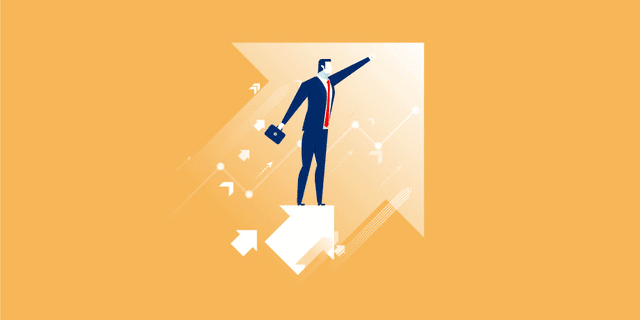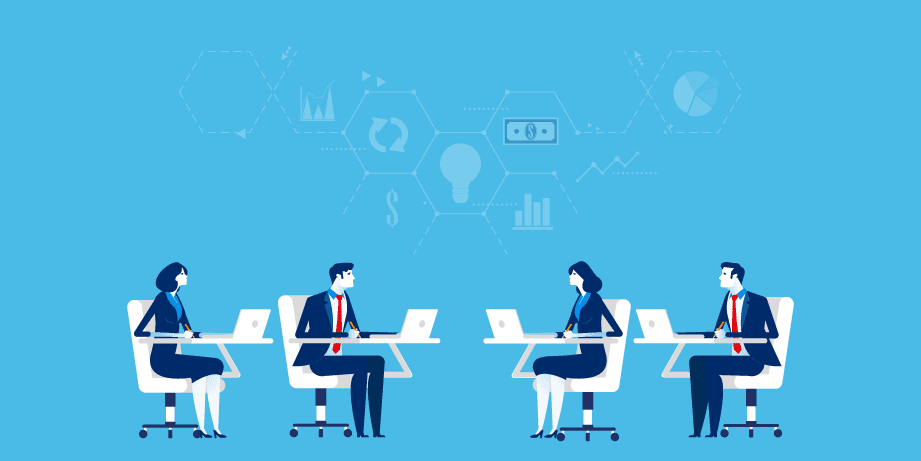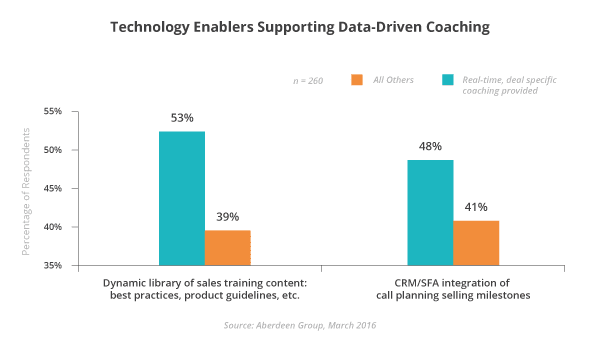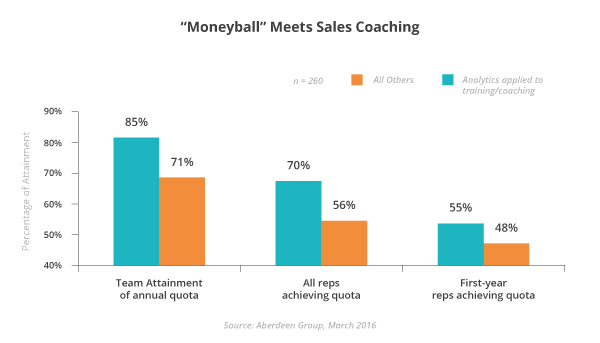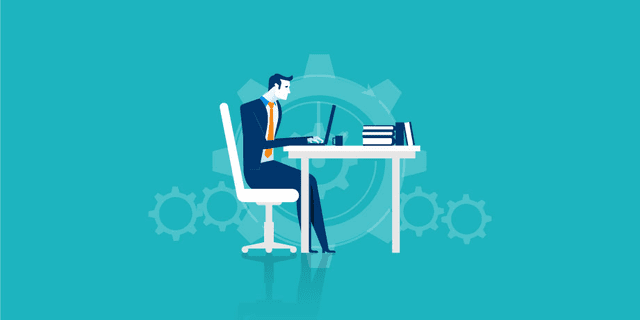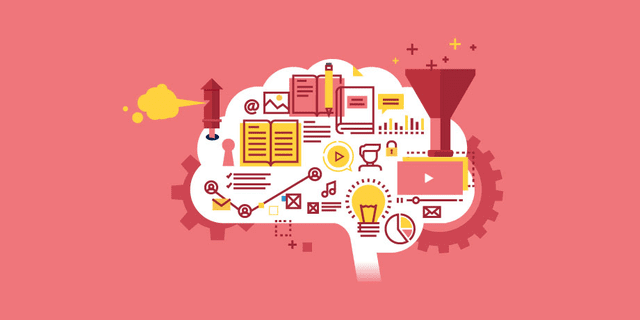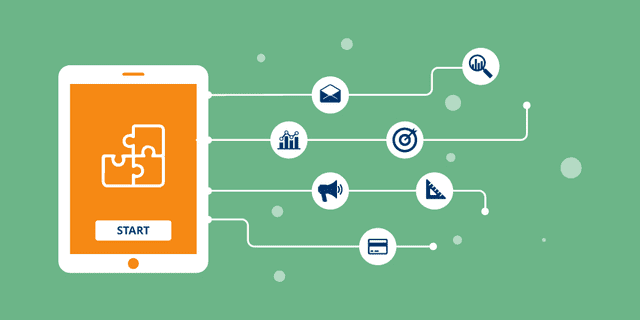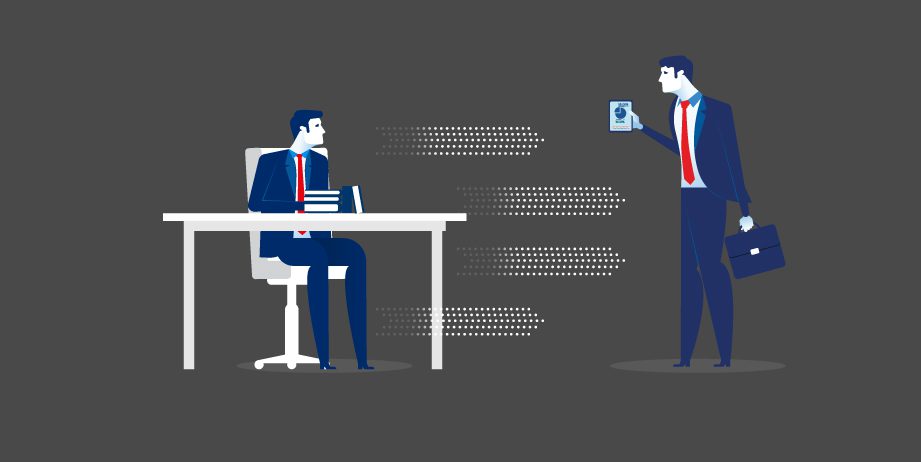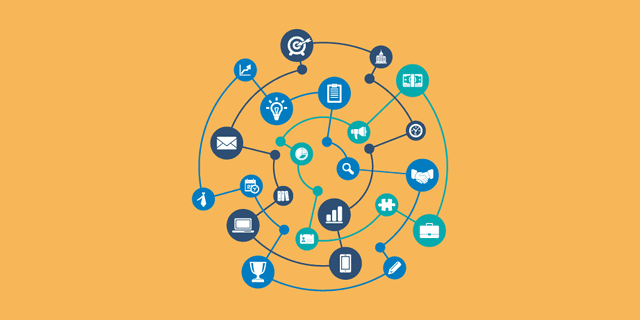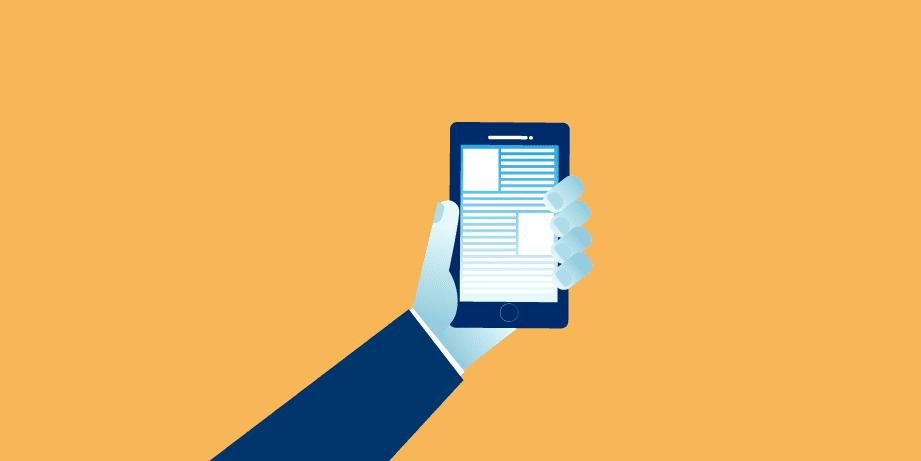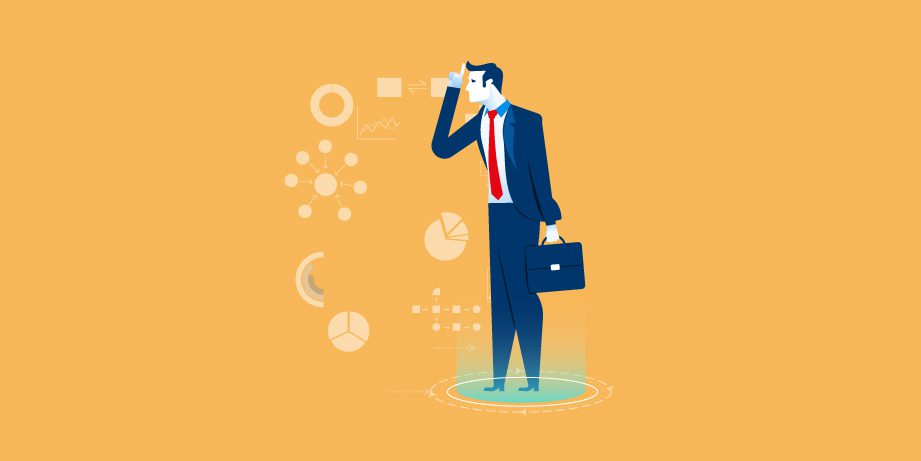Improve Sales’ Performance By Transitioning to Away from Feature-based Selling
Organizations are always looking for ways to improve sales’ performance. It used to be sufficient to sell the with pointing out features and benefits. Today’s buyers expect salespeople to understand their business and guide them to solutions that target their specific challenges. The best way to do this is by focusing on value. Research by the Rain Group found that companies that drive value have 9% higher win rates than all others. That results in a dramatic impact on revenue and profitability. So, it’s time to elevate sales performance by transitioning from feature-based to value-based selling.
What is value-based selling?
Value-based selling is a process that leads to tailor-made solutions based on the needs, challenges, and goals of the prospect. These solutions result in the prospect’s desired business outcomes. This undertaking involves carefully considering the opportunity from the buyer’s perspective. To do so, sales reps must understand several things before formulating a solution. They need to know the prospect’s business and how it runs. This helps them identify their goals and challenges. Knowledge of competitors’ strengths and weaknesses are important here, along with an understanding of marketplace trends.
Once reps have a feeling for the buyer’s business, they can refocus the conversation on proving the value your solution will bring to the prospect’s unique situation. This should include detailed cost and benefit information that is both tangible and intangible. Other considerations are Total Cost of Ownership, training, cost of changing, opportunity costs, and time to market. Reps need to gain a deep understanding of which of these costs are important for the buyer to be able to better position the solution’s overall value. Taking the time to understand the customer more deeply helps build the necessary trust and relationship.
Moving from feature-based to value-based selling
To prepare your sales force to engage in value-based selling you must educate them on several topics. These include the following:
- Product:Make your reps experts in your product. Have them use it so they intimately understand it. They should be able to easily discuss its uses and applications in depth. This will increase their confidence and their credibility.
- Case Studies:Share customer success stories, and use cases with your salesforce. Continually document an assortment of case studies. Make this content available for reps to share with prospects throughout the buyer’s journey. Be sure to include ones from various industries and with diverse outcomes. Have ones that will resonate with each of the personas most commonly involved in your prospect’s buying committees. This ensures your reps are always armed with the appropriate content to share with everyone engaged in the purchasing decision.
- Marketplace:Keep reps current on competitor changes and new offerings. This will allow them to more effectively differentiate their solutions and build value. Awareness of marketplace trends is important as well. With this precious information, your salesforce will be better prepared to act as trusted advisors to their prospects.
- Industry Information:Provide reps with an ongoing education about key industries that your customers inhabit. This will allow them to more fully understand the challenges and issues prospects are facing. With this knowledge, your reps will become strategic consultants. They’ll be able to tell prospects
why
they are experiencing pain instead of simply identifying their pain. Demonstrating understanding, by offering the best solution, enables reps to provide value to prospects and increases success.
- Buyer Personas:It’s become more common for a group of people to make business buying decisions. Arm your sales force with an understanding of the buyer personas most often included in a buying committee. They’ll know how to communicate with each of them. Plus, addressing their concerns and building value will be simplified. This will allow them to build trust and credibility while accelerating the sales process.
It’s clear that feature-based selling is no longer effective. For your reps to produce better sales results, you must prepare them for value-based selling. That involves educating them on many topics such as product, case studies, marketplace, industry information, and buyer personas. Armed with this knowledge, your team members will be ready to successfully engage customers. Plus they’ll be able to formulate customized solutions that win more deals. By now, you’re probably ready to get started.

